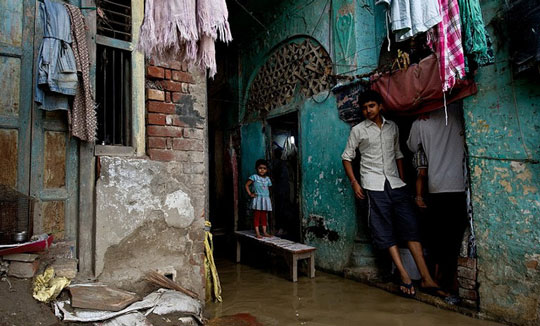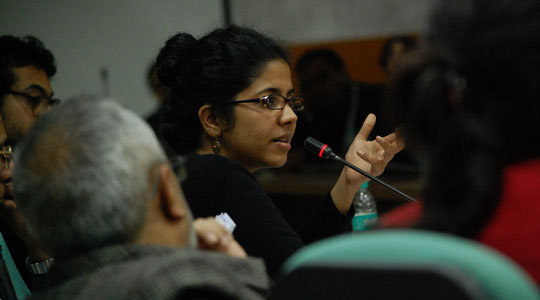
On Thursday, India announced the first 20 cities to receive funding to become ‘Smart Cities’. It’s a high profile mission to modernise and transform urban infrastructure, especially using digital technologies like sensor networks and data centres.
Smart cities are one response to the huge challenges facing urban India. The conference on pathways to sustainable urbanisation, which took place in Delhi this week, looked at many others facing cities in South Asia and around the world, including neglected ones. It was one of the first activities of the new South Asia Sustainability Hub.
The conference brought researchers and practitioners together to discuss urgent questions for urban policy and action in South Asia.
Peri-urban challenges
Many people in peri-urban areas – where the city and countryside meet and interact – have faced problems of neglect or inequality. Access to water is uneven; there is competition over land, making it difficult for small farmers to survive; and evictions are common. Health problems from industrial processes and poor water are serious.
But these peri-urban areas are neglected or not recognised in official policy. This is made all the more ironic since these areas are often where the fastest growth is happening – they are the cities of the future. They also remind us that the boundaries of cities are difficult to locate: there are many human and non-human flows between rural, peri-urban and urban spaces, including people, water and food.
Making connections
Another challenge is recognising the intimate relationship between water, waste, energy, food, health and the environment. For example, in San Diego a proposed waste to energy plant could not operate because of a lack of water. India’s small farmers often find their water diverted to service tourism projects or local industry. And waste workers in some of South Asia’s biggest cities face huge health risks – from fungal infections in sewer workers, to exposure to toxic chemicals among those who recycle electronic waste.
Recognising these connections in planning, and examining past mistakes – and successes – in cities around the world, could be crucial to help South Asia create healthier, more sustainable places for its citizens to live. Often, though, the connections between environment and health are not understood by policy makers, or evidence is simply ignored.

There are success stories and promising experiments too. Waste pickers in India are trying new partnerships with local authorities and formal systems; in Delhi, separate bus lanes and cycle lanes have been tried to reduce congestion. Many alliances have formed to campaign for particular areas and issues.
No one solution
What is more difficult is achieving lasting change in the way that cities are governed. No one approach, method or solution will work alone.
The context is the many agencies and interests involved, very rapid change, and competition over resources. At least in India, the rhetoric on sustainability and climate change is very visible in the media. ‘Sustainable cities’ and cleaner, healthier cities are part of this vision.
But we should question what these statements really mean. Whose version of sustainability is being promoted? Whose interests are being promoted or sidelined? Who is being included, and who is being pushed out?
To address the challenges of South Asia’s growing cities, researchers and policy makers will need to address these questions and put the interests of poor and marginalised people much higher up the agenda. Without this, the vision of sustainable cities will remain only for some, not for all.
More about the conference
Find out more about the Conference on pathways to sustainable urbanisation.
Photo 1: House by Yamuna River, Delhi / Flickr (cc-by 2.0). Photo 2: STEPS Centre